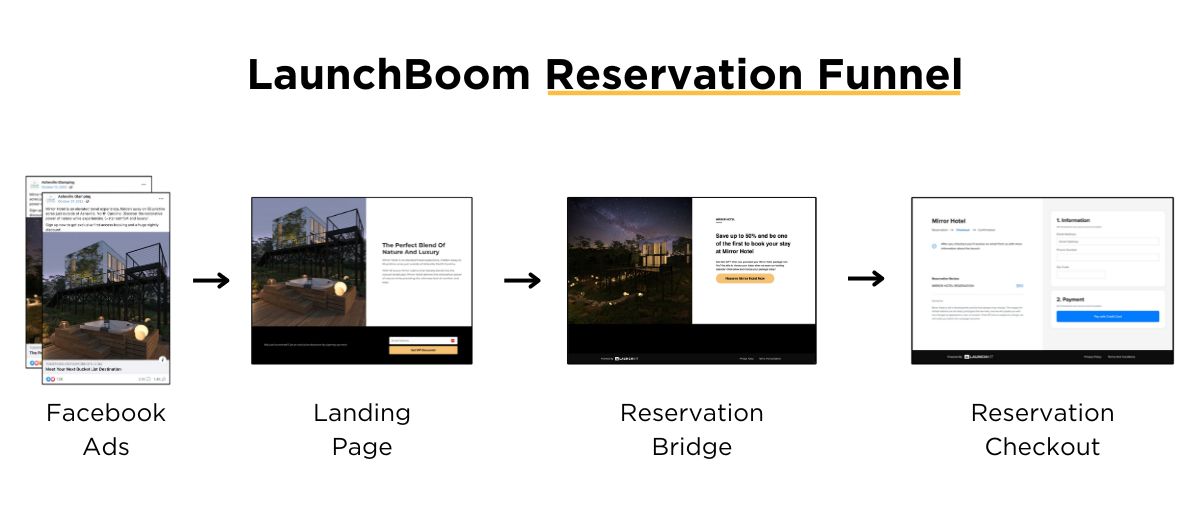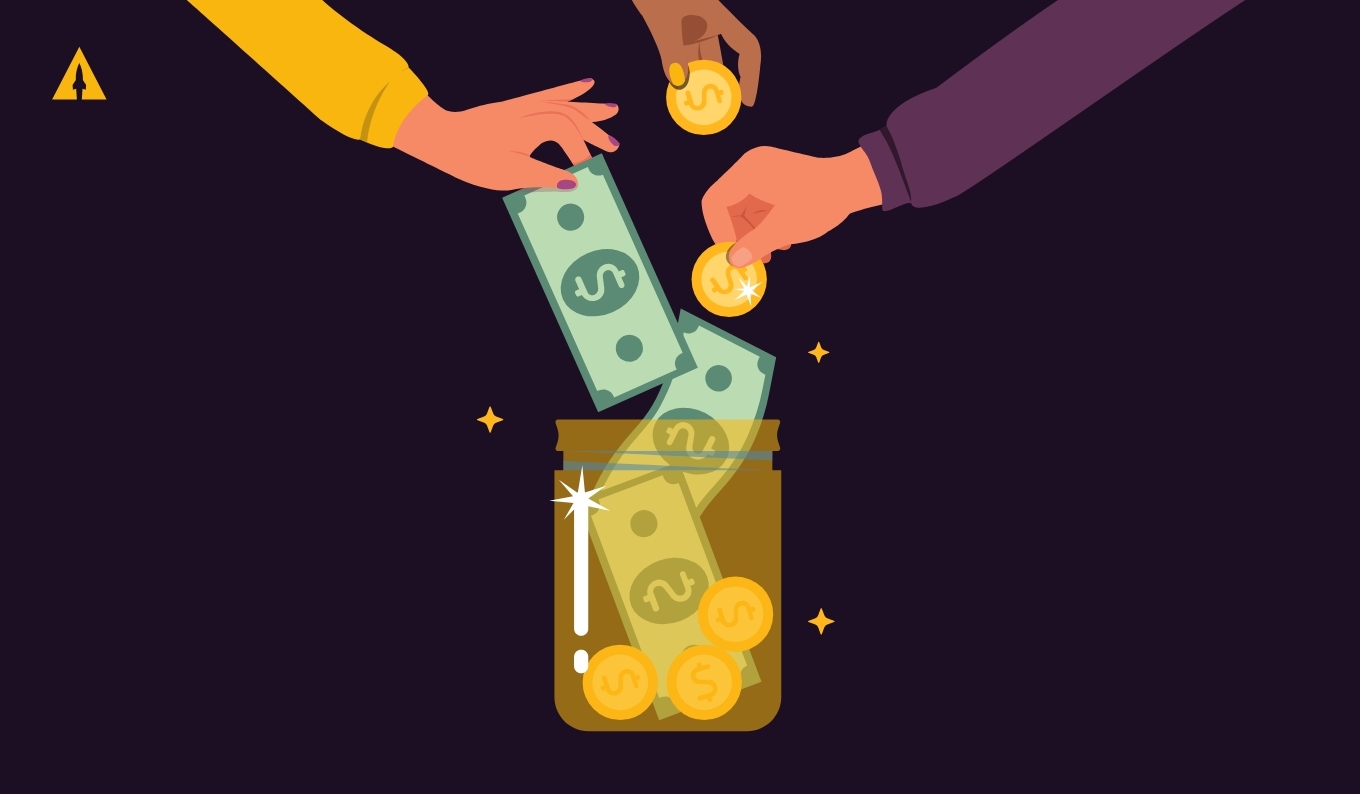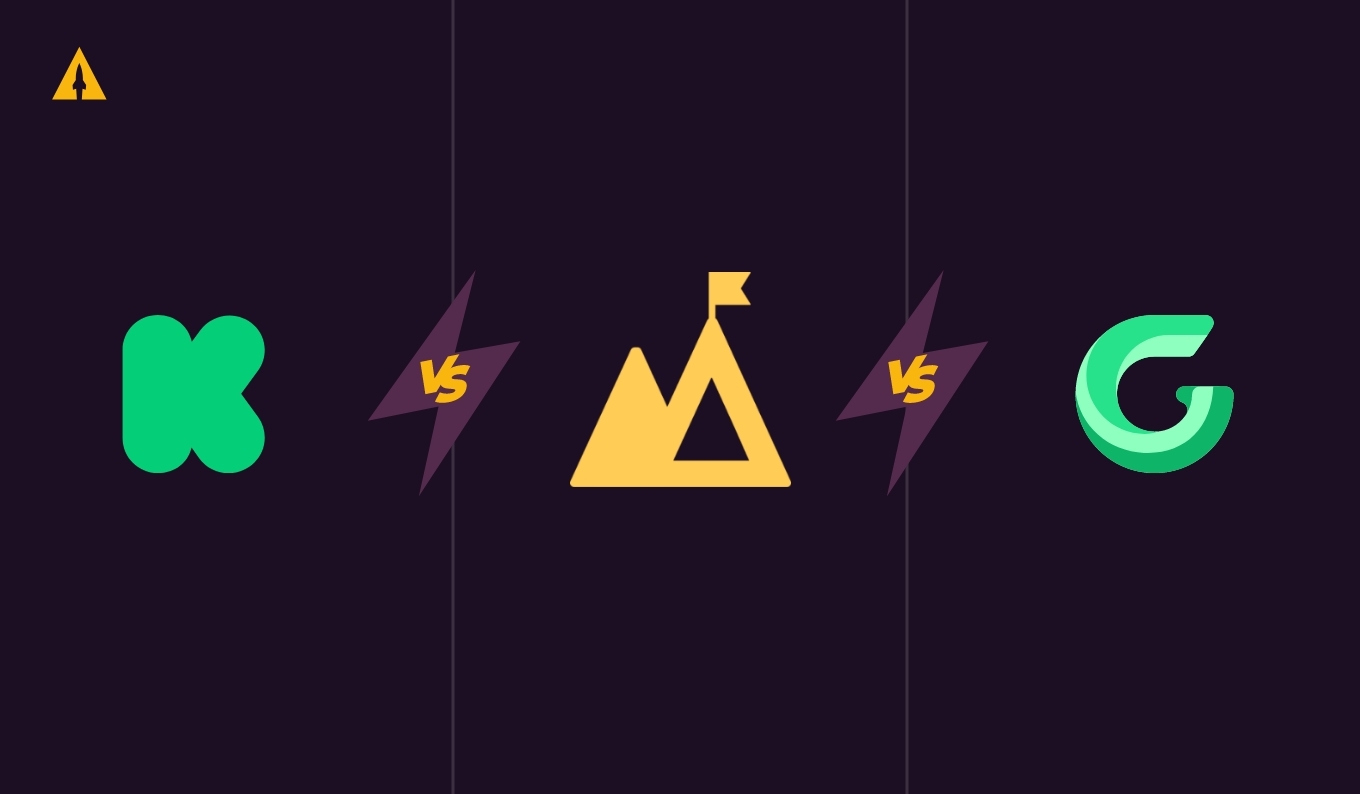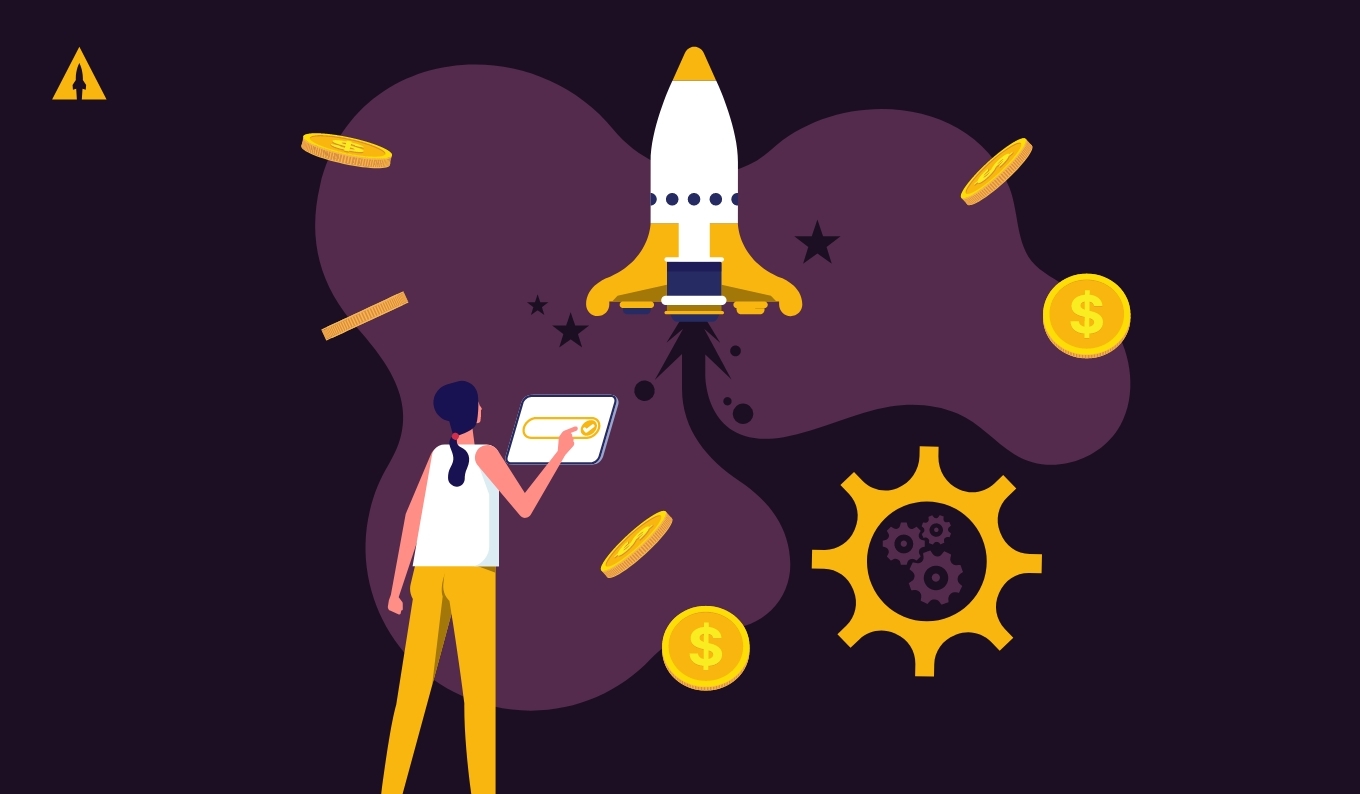
Want me to tell you the secret to a successful launch?
You must have a successful prelaunch.
It’s not rocket science, yet I’ve watched countless creators stumble at this crucial first step. If you don’t lay the proper groundwork before pressing that launch button, your campaign will sink before it even has a chance to swim.
Over the past decade working with Kickstarter and Indiegogo campaigns, I’ve met too many passionate creators who either rush their prelaunch or skip it entirely. Determined to launch within weeks, they push aside proven prelaunch strategies, and the results are predictably disappointing.
This isn’t just my opinion—it’s a pattern I’ve seen play out repeatedly.
And here’s the frustrating part: most of those creators who rushed their prelaunch could have doubled their results—at minimum—had they invested a few more months in doing it right.
Let me share some real stories.
We’ve worked with many creators after their initial campaigns failed. And the primary culprit behind these failures is consistently the same: they didn’t focus on the prelaunch.
Consider these three recent examples:
Igor Koshutin
- Failed campaign raised $12,345
- LaunchBoom campaign raised $108,638
- He saw an 8.8 times increase in funding
Simon Lasnier
- Failed campaign raised €27,617
- LaunchBoom campaign raised €159,576
- He saw a 5.8 times increase in funding
Audrey Lim
- Failed campaign raised $24,713
- LaunchBoom campaign raised $150,210
- She saw a 6.1 times increase in funding
Each of these creators took a different approach the second time around. They gave themselves adequate time to implement LaunchBoom’s prelaunch strategy. And each multiplied their funding by at least 5 times.
Before I address the timeline question directly, let’s zoom out and look at the broader launch strategy.
Contents
The most effective crowdfunding launch strategy
The crowdfunding strategy that consistently delivers the best results isn’t complicated. It breaks down into three interconnected steps:
- Build a prelaunch email list: Use Meta ads to drive traffic to a LaunchBoom Reservation Funnel and build an email list of people who are 30 times more likely to purchase your product.
- Get funded the first day: Leverage your email list to hit your funding goal on day one. This boosts your campaign in platform rankings and generates free traffic from Kickstarter or Indiegogo themselves. When executed properly, you’ll see 20-40% of your funding come directly from the platform.
- Use the momentum to raise substantially more: Capitalize on the social proof of your day-one funding to continue driving sales through paid media and PR.
Each step depends on the success of the previous one. If your prelaunch falls short, the rest of your strategy crumbles. That’s why the prelaunch phase is so critical—and it’s what we’ll explore for the remainder of this post.
How to build a successful prelaunch
The fundamental purpose of your prelaunch is building an email list of eager potential buyers. This audience will help you get funded on day one. That day-one funding will boost your ranking on crowdfunding platforms, generating free traffic. It also creates powerful social proof that you can leverage to drive high-converting traffic through paid media.
None of this happens without a solid prelaunch. Here’s how to build one.
To create a highly qualified email list, you need a LaunchBoom Reservation Funnel. We pioneered the reservation funnel for crowdfunding back in 2016. Since then, over one thousand creators have used our approach, giving us substantial data confirming its effectiveness.
The LaunchBoom Reservation Funnel works like this:

- Facebook ads: Drive targeted traffic with Facebook ads to a landing page.
- Landing page: Clearly explain your product and invite visitors to share their email address for launch notifications.
- Reservation bridge: Present an opportunity to become a “VIP” by placing a $1 deposit. VIP status grants access to an exclusive offer you define (such as a guaranteed discount or special add-on).
- Reservation checkout: Allow them to enter payment information to secure VIP status for $1.
Why does this approach work so well?
Our data shows that people who place a $1 deposit are 30 times more likely to purchase your product than those who only provide an email address.
This statistic alone demonstrates the reservation funnel’s power.
It means you’re building a list of people genuinely interested in buying, not just browsing. And because VIPs are clearly more qualified leads, you can optimize your advertising around this metric, dramatically improving your return on investment. When launch day arrives, you simply email this list and watch the backers roll in.
This all sounds promising, but I still haven’t addressed the timeline question. Let’s do that now.
How long should your prelaunch be?
The straightforward answer: as long as it takes to build a sufficiently large email list.
How long that takes varies and depends on several factors. We’ve seen prelaunches succeed in as little as 2 weeks and others take up to 6 months. The former sounds ideal but is highly uncommon. Let’s start there.
A quick AND successful prelaunch (less than 2 months) is exceedingly rare. Every rapid yet successful prelaunch had two key ingredients: Substantial luck and/or substantial money.
Building a prelaunch email list requires advertising. Finding ads that perform well (delivering low-cost reservations) isn’t simple. Every advertising expert follows a methodical testing process to identify which creative elements, copy, and audiences can scale effectively. When creators attempt a rushed prelaunch, they rarely stumble upon winning ads immediately. The only way to accelerate this testing process is to spend more money more quickly.
Take our most successful launch ever: Lomi, where we helped raise $7,228,029. We completed the prelaunch in 14 days, but we spent $84,667.31 to do it. We had to invest heavily to accelerate the advertising learning curve. Most creators simply don’t have access to that kind of budget.
Conversely, a more realistic prelaunch timeline (2 to 4 months) typically costs less and succeeds more often. This timeline gives you sufficient space to methodically test your ads and identify the winning combination of creative, copy, and audience targeting. Once you discover those winning elements, you can confidently scale your ad budget.
Let me be clear: the Lomi case is an outlier. Every one of our other successful campaigns opted for a longer prelaunch period, resulting in lower overall ad spend and higher return on investment.
Choosing the best prelaunch timeline
Ultimately, there’s no rigid formula for prelaunch duration. It comes down to your risk tolerance. Given that launching a product already carries inherent risk, I’d generally recommend the less risky prelaunch strategy.
Broadly speaking, you have two prelaunch options:
- High risk option: Very short prelaunch of less than 2 months. This requires either extraordinary luck with your advertising or willingness to spend substantial money quickly. The probability of achieving high return on investment is relatively low.
- Low risk option (recommended): Standard prelaunch of 2 to 4 months. This provides sufficient time to systematically test your advertising, identify winners, and scale without relying on luck. The probability of achieving high return on investment is significantly higher.
By now, it should be evident that a rushed prelaunch is playing with fire. I’ve rarely encountered compelling reasons for adhering to an accelerated timeline, which is why I urge creators to carefully consider the tradeoffs. In nearly every case, a rushed prelaunch leads to increased stress, diminished launch results, and lower ROI.
Yes, the recommended prelaunch timeline might be longer than you’d prefer, but consider what better campaign results and long-term business success are worth to you. I’d wager they’re worth quite a lot.
If you’re looking for some help with you’re prelaunch, we can help. Click here to set up a time to chat with my team. Share a bit about your product and we’ll give you a recommended launch plan.






